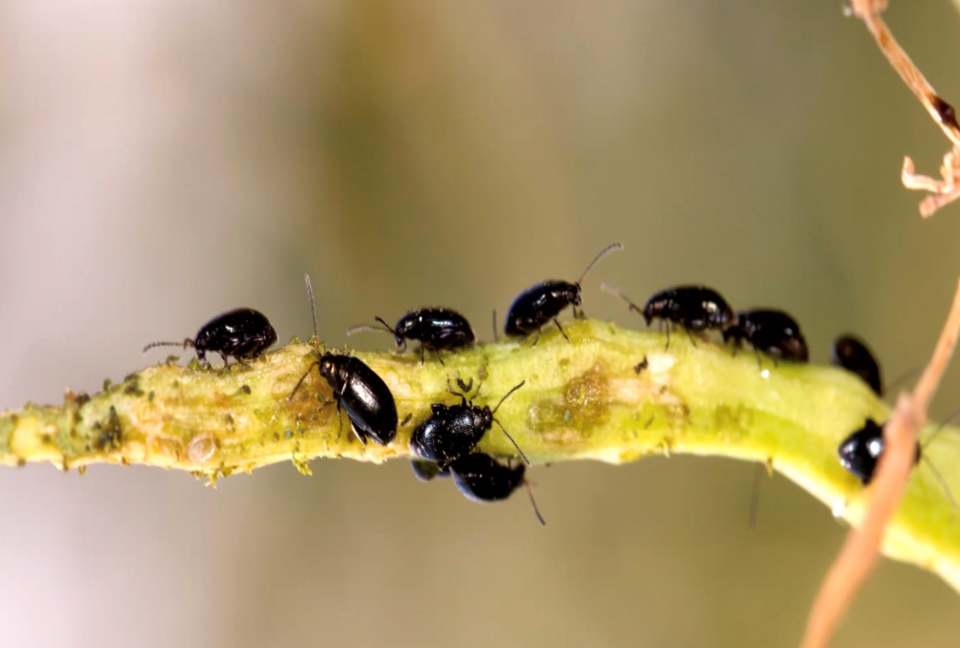LAKELAND - An agronomy webinar hosted by the Lakeland Agricultural Research Association (LARA) last week offered insight on a variety of important topics for local producers - including a pest outlook for the 2022 growing season.
Shelley Barkley is an insect technologist with the provincial government, working in the Agriculture, Forestry and Rural Economic Development department.
Speaking about a number of insects farmers may come across in the field, Barkley offered a best guess as to what producers can expect.
When it comes to grasshoppers, information on the insects is collected across the province, which includes one of the longest running insect surveys that continues to be managed.
Looking back a the hot, dry summer that was experienced in 2021, Barkley says "we had such a great year for grasshoppers." She noted there was some grasshopper activity experienced in the Lakeland region.
Also, a long fall in some areas of the province provided even more opportunity for grasshoppers to lay eggs.
She encouraged producers to get out early and watch for grasshopper activity in their fields this spring, especially if they noticed the insects during harvest last year.
Flea beetles are another insect that producers should be on the lookout for. Barkley noted that there were a lot of flea beetles noted in the province in 2021 and some decisions had to be made by farmers to deal with the bugs.
When spraying occurred, it was done to protect the yield that was already there - not to battle future populations.
As the flea beetles emerge in the spring, they will look for cruciferous weeds first. Flea beetles are very mobile though, and can travel a far distance, said Barkley. She told producers to make sure they are out scouting their canola fields - sometimes even daily - to watch for the beetles.
Showing pictures of the damage that flea beetles can cause, Barkley noted that once the bugs "chomp" on the stem of the plant, the plant is done.
She also noted that producers need to be on the lookout for cutworms this year, and conditions are favourable for a cutworm infestation.
Speaking further to worms, Bertha armyworm is another pest to watch out for. Traps for Bertha armyworms are set across the province, including a couple traps in the Lakeland area.
Traps are usually set up in early June and will stay up for six weeks. Weekly visits to the traps allow for the creation of a map that shows where the insects are being noted. The map helps farmers know when to scout their fields, she explained.
The insects should not be a threat in 2022, with low numbers noted in 2021, but monitoring will continue to take place.
Wheat midge is another pest that the province watches for, but this time through soil samples. Again, Barkley encouraged farmers to watch for wheat midge, and said the best time to do so is in the evenings when it's cooler out.
Asked about Pea leaf weevil, Barkley said the insect has not been seen much in the St. Paul-Bonnyville area.
Of course, there are also insects that are beneficial to farmers' crops, and more information on the insects that are "heroes" can be accessed through the Field Heroes website, said Barkley.
Summarizing her presentation, Barkley reaffirmed that nothing replaces "boots in the fields... it's important to be scouting."



